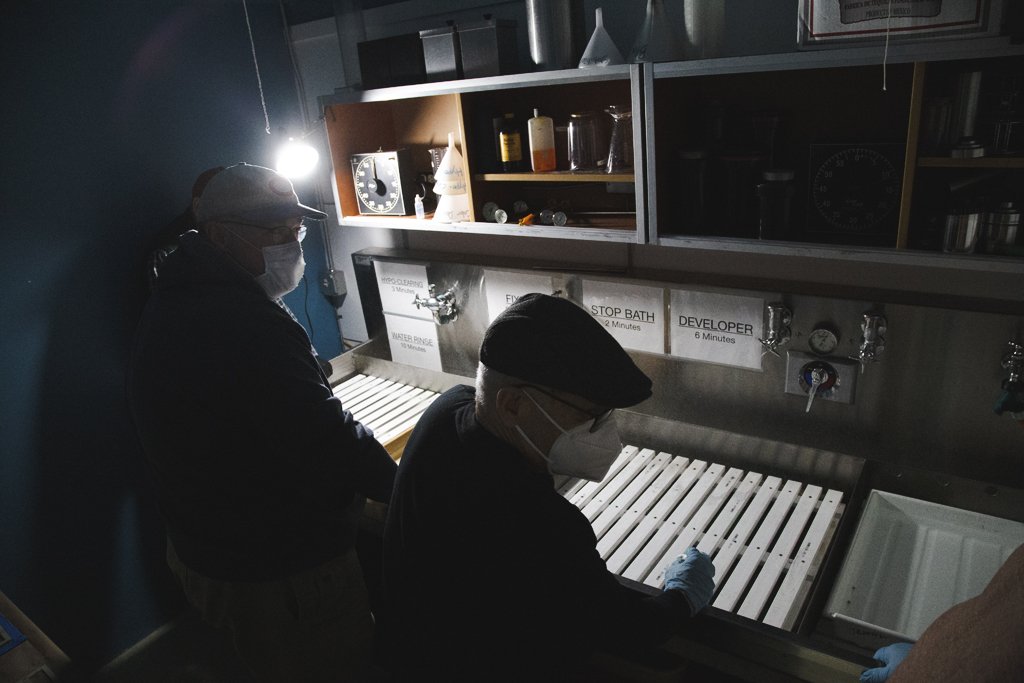The Workshop Crew
What is Carbon Printing?
The Origins
Carbon Transfer printing was perfected by Sir Joseph Swan in 1864 and was the first permanent photographic process. In spite of the numerous photographic processes that have been developed between the 1860’s and the current day, carbon transfer prints are still considered by many to be the most beautiful and archival form of photography. Adding to the beauty of the final print is the fact that this is the only photographic process that allows the printer to create a unique image that truly has a three-dimensional look, which is the result of having a noticeable “relief”. Carbon transfer is a contact printing process. This can be done with camera negatives or digital negatives and my discussion here will pertain to how I work with my camera negatives.
Jim Fitzgerald’s Advice
Carbon printing can be very rewarding or frustrating depending on how you look at it. There are many variables to the process such as pigment types, papers. sensitizers. temperature, humidity etc. that can make you crazy or make you wonder if this is right for me. The process is really not that hard. You need to devote time to the craft and if you do you will be able to craft some of the finest prints you will ever make. I recommend that you keep good notes. I have journals filled with my notes regarding tissue formula, Pigment load, sensitizer strength , exposure, transfer times, what final support was used and development notes. You can get close to duplicating your prints following your notes which is handy if you sell one. If you keep accurate notes you can print many images and see what is best and then print editions.
The Main Steps (Vague)
Make the Gelatin Emulsion
Casting the Tissue
During the Glop
Sensitizing the Tissue
Exposing the Tissue
Transferring Image to Final Support
Developing the Tissue
Take a workshop to learn the in-depth processes of the Carbon Transfer printing process!











